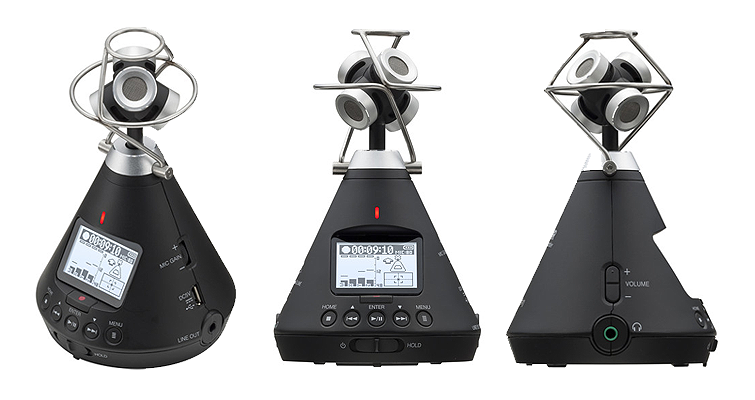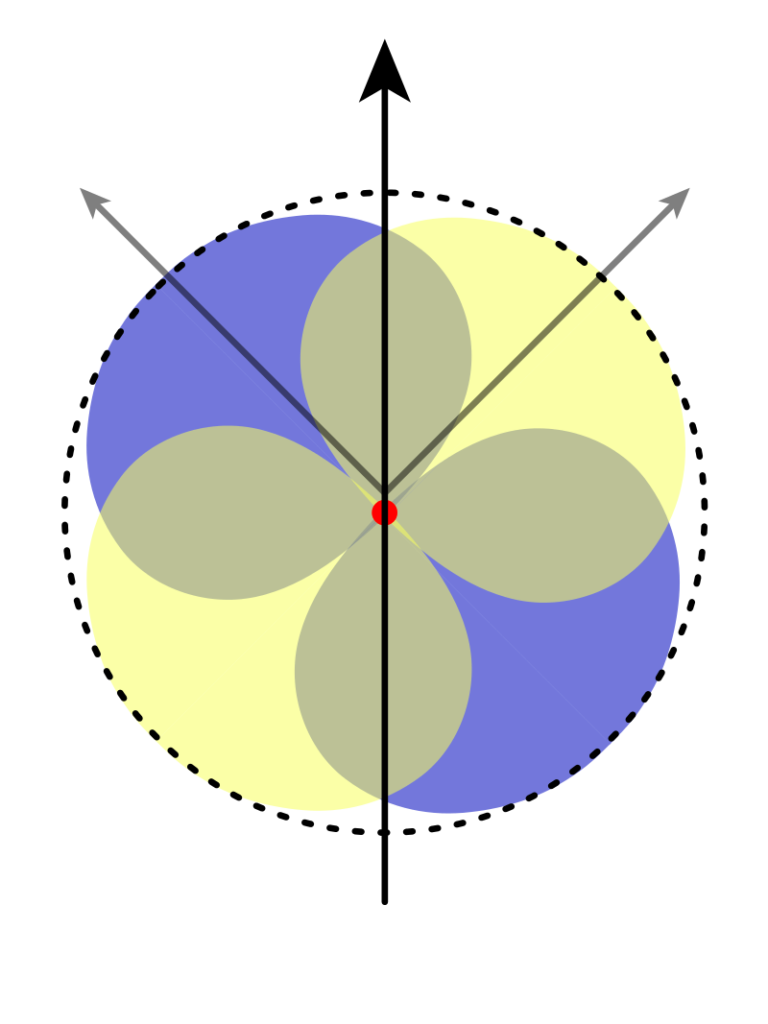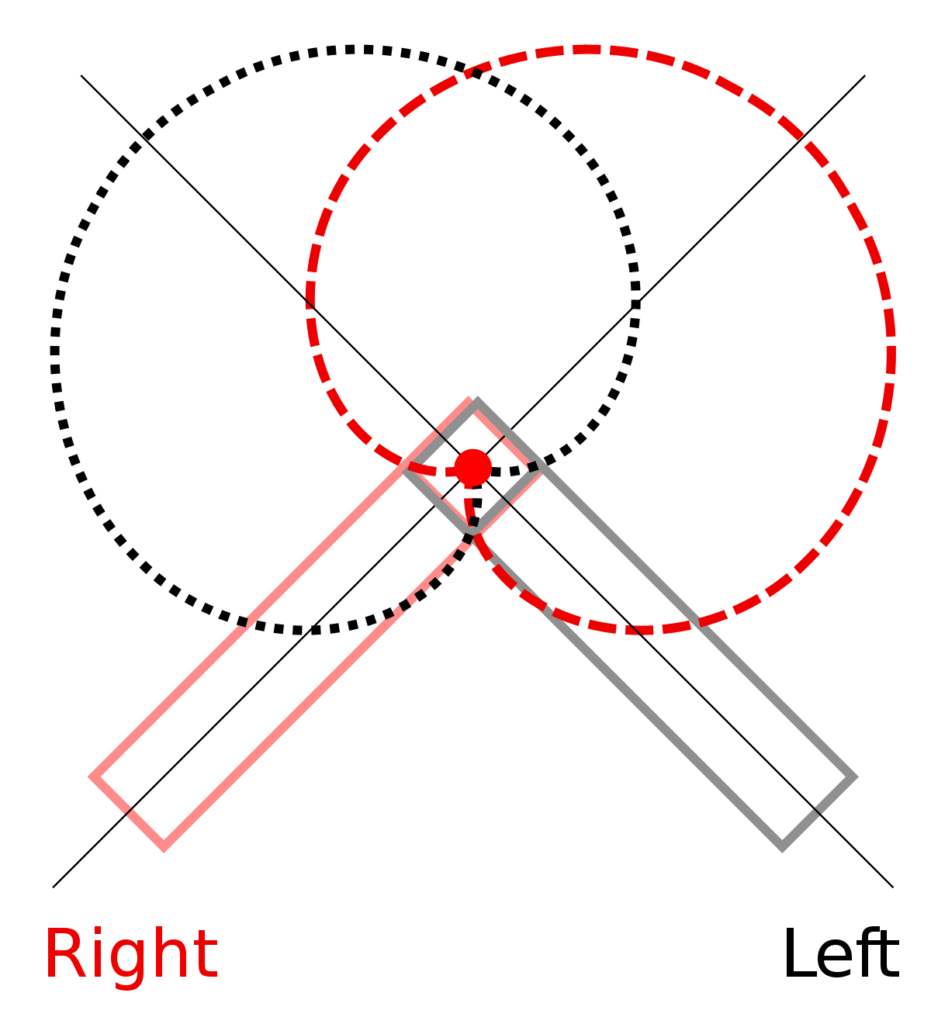A boundary stereo microphone is a type of stereo microphone setup that involves putting a microphone close to a flat surface, like a tabletop or a wall. Most of the time, the microphone is set up so that the diaphragm is parallel to the surface and facing the sound source.
When a sound source is close to a flat surface, boundary stereo microphone setups are often used to get a wide stereo image of it. The flat surface acts as a boundary, reflecting sound waves to the microphone to make a stereo image that is wider than what could be done with a single microphone. People often use boundary stereo microphones in recording studios and other controlled settings where a wide stereo image is needed.
There are a few different ways to set up a boundary stereo microphone. For the “PZM” configuration, the microphone is placed on a flat surface like a tabletop. For the “AB” configuration, the microphone is placed on a boundary like a wall. Each configuration has its own qualities and can be used differently, depending on the desired effect.
Features of a Boundary stereo microphone
Here are some of the things that a boundary stereo microphone might have:
Directional microphones: Many boundary stereo microphones use directional microphones, like cardioid or supercardioid microphones, which are sensitive to sounds coming from a certain direction and can help cut down on background noise and ambiance in the recording.
Frequency response: The range of frequencies that a microphone can pick up is called its frequency response. A microphone with a wide frequency response can pick up both low and high sound frequencies.
Noise floor: A microphone’s noise floor is the amount of background noise or “self-noise” it makes when it’s not being used to pick up a sound. When you record with a low noise floor microphone, there will be less background noise.
Dynamic range: A microphone’s dynamic range is between the loudest and softest sounds it can pick up without getting distorted. With a wide dynamic range, a microphone can record a wide range of sound levels without distorting.
Compatibility with audio recording devices: It’s important to make sure that the boundary stereo microphone you choose works with your audio recording device or mixer. Some microphones may need extra parts, like a preamp or an interface, to work with some devices.
High-quality materials and construction: boundary stereo microphones are often made with high-quality materials and built to last because they are often used in professional recording environments where reliability is important.
Flat surface: Most boundary stereo microphones work best when placed on a flat surface, like a tabletop or a wall. This surface sends sound waves back to the microphone, making a wide stereo image.




